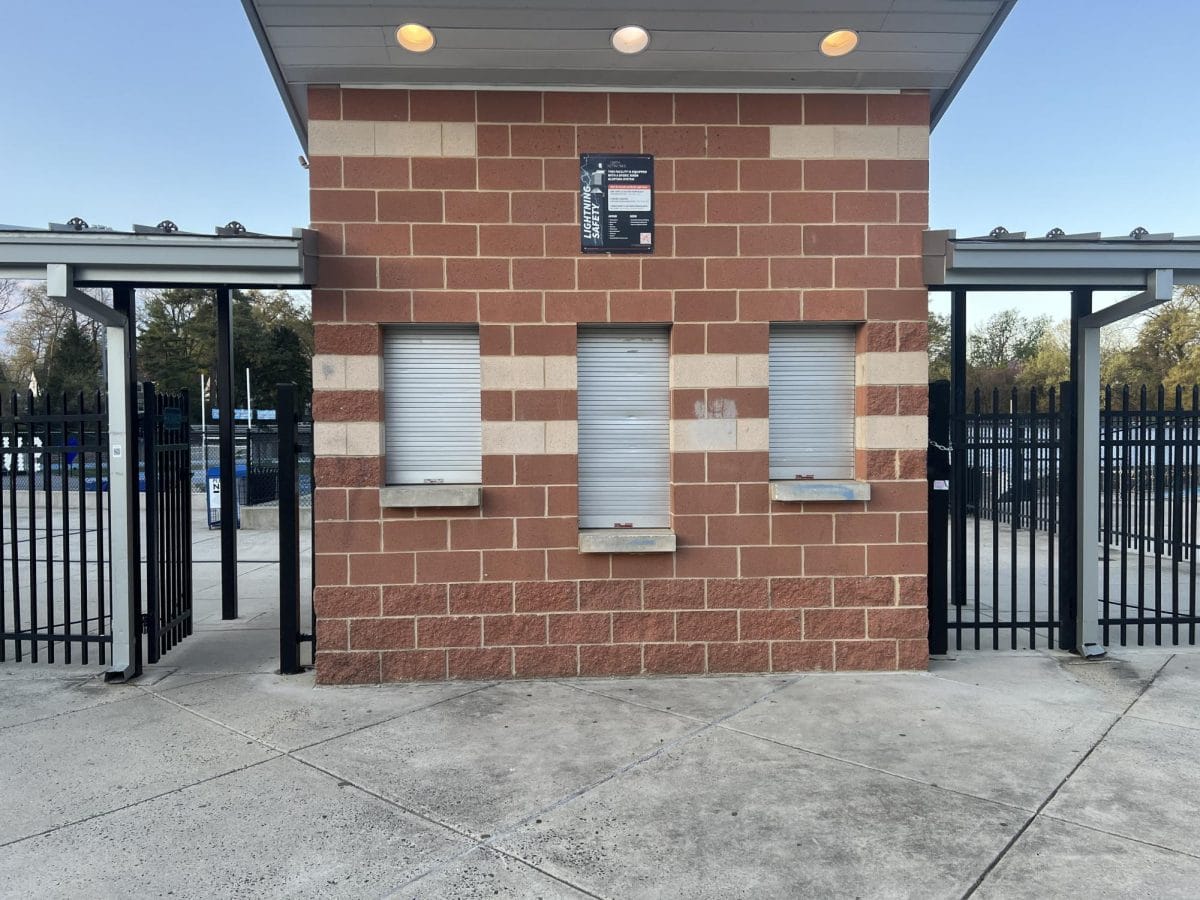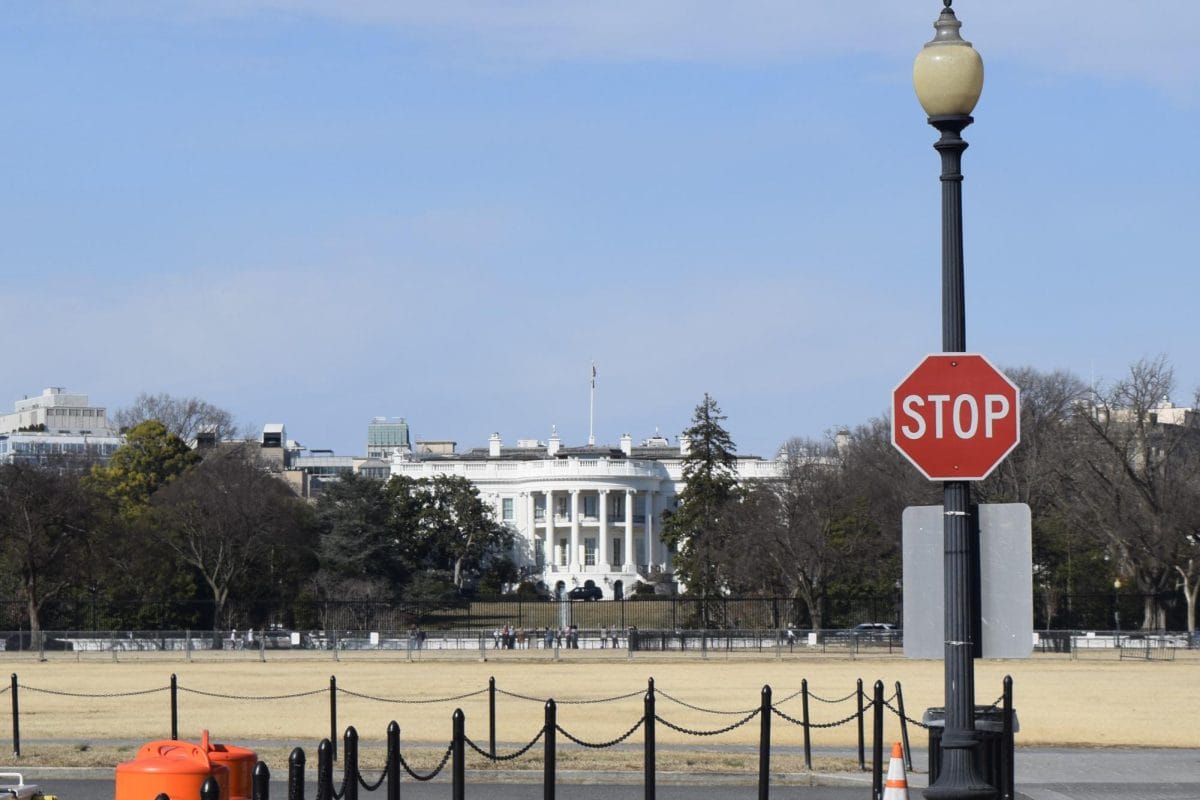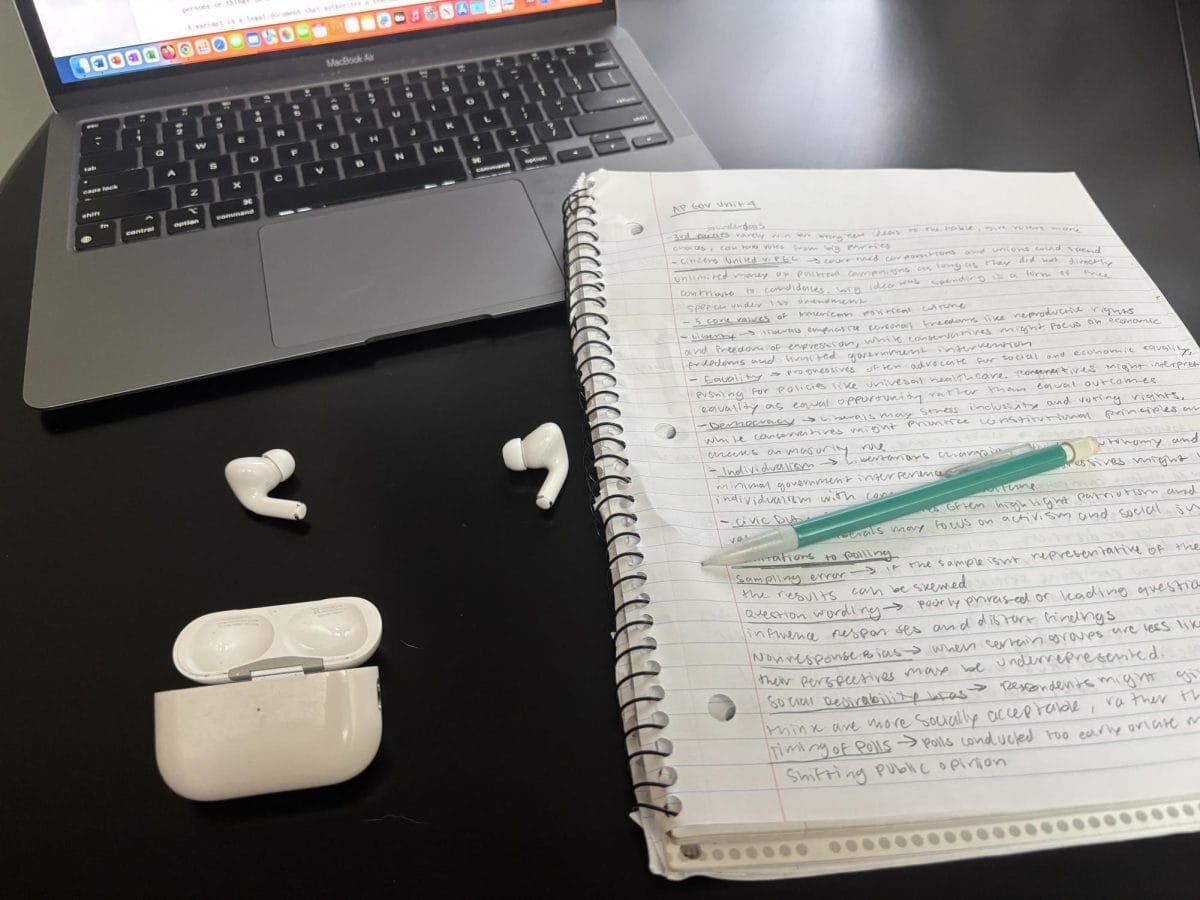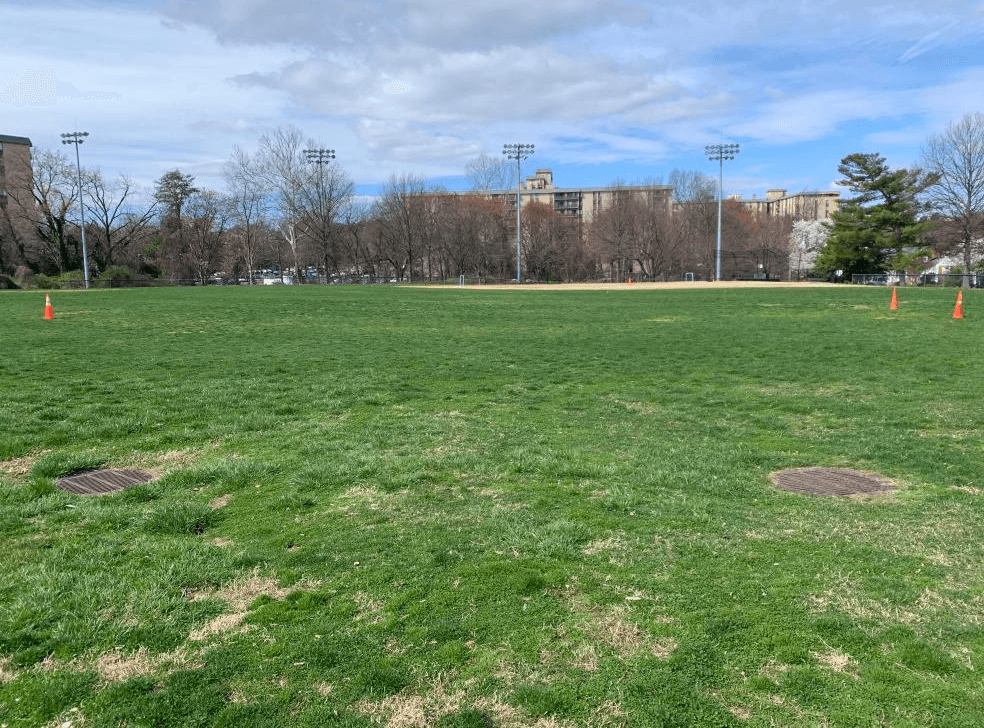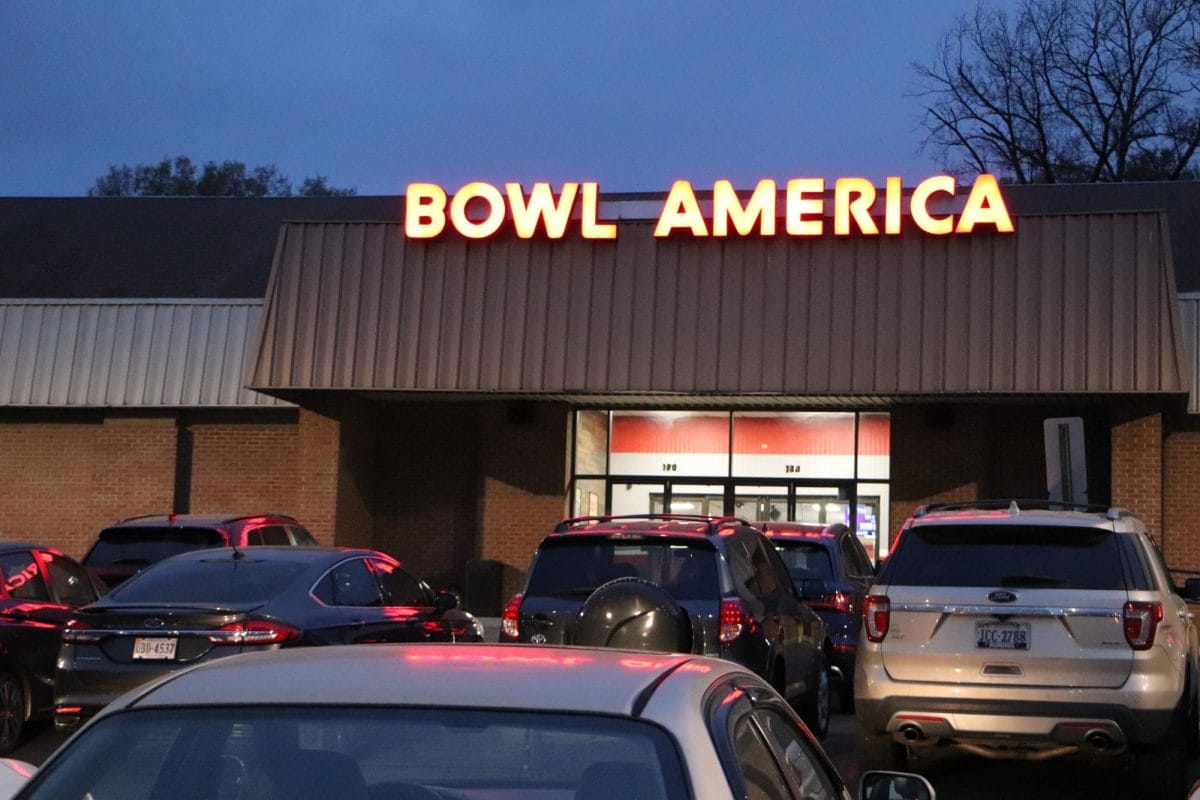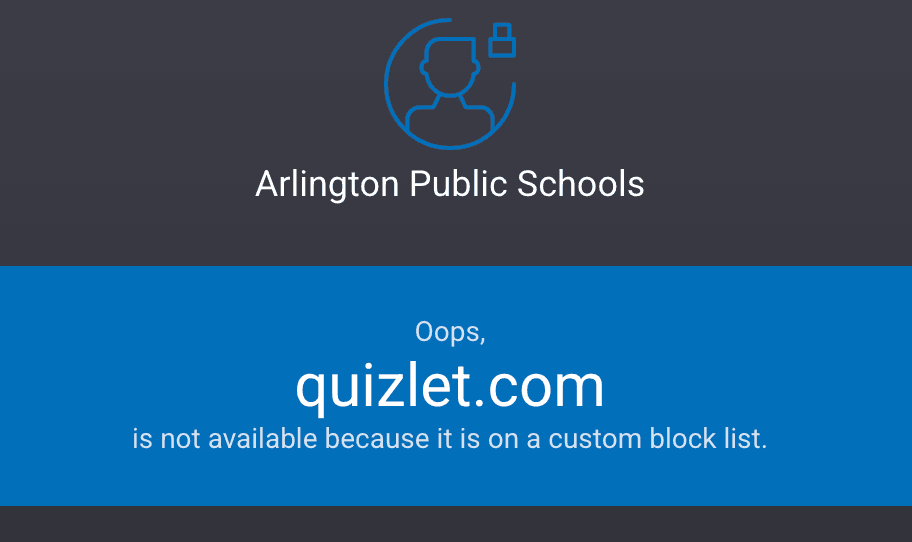For years, the College Board has faced scrutiny over creating what many see as a system that favors America’s wealthier students in the college admissions process. On average, the general trend in SAT scoring is that wealthier students typically score higher on the SAT than middle-class students, who themselves often do better than low-income students. This trend has painted a picture of the SAT as being inherently unfair, thus prompting a new movement amongst many universities to no longer require students to submit SAT or ACT scores in an effort to make the admissions process more fair to students of all socioeconomic backgrounds. In turn, the College Board has responded to such scrutiny by altering the SAT, first removing the (arguably unfair) analogy portion of the test and replacing it with an essay portion, and later on by introducing a free online tutoring service for the SAT. Even still, it was quickly found that students could game the essay portion by substituting quality for quantity and the use of advanced vocabulary, and critics have argued that the online tutoring service is significantly inferior to the advanced private test-prep available to students whose families can afford it. Thus, in its latest attempt to win universities back, the College Board has announced a new tool for helping admissions officers interpret SAT scores: an index dubbed the “adversity score.”
The adversity score is part of a larger suite of tools for admissions officers called the Environmental Context Dashboard, and it seeks to provide a greater sense of context in regards to students’ SAT scores. Through harvesting data about schools (e.g. the percentage of students who qualify for free or reduced lunch, Advanced Placement (AP) opportunity, size of the senior class, percentage of the student body that pursues higher education, etc.) and data about the neighborhoods in which they are located (e.g. typical marital status, FBI crime data, median income, typical level of education), the College Board will then be able to develop an adversity score for students of any given school, ultimately detailing the level of adversity faced by those students. However, it is important to note that the adversity score would be ubiquitous and universally applied to all students at any given school – thus meaning that scores of students from different schools would differ, but scores between students at the same school would be the same.
While some have applauded the College Board for taking steps to reduce what is commonly known as “testing bias,” others have found fault with the adversity score, often for numerous reasons. Critics have pointed out that one of the main issues with the adversity score is the fact that it addresses groups of students rather than the individual, meaning that students whose life experiences are more unique in their school environment could be held to unfair standards. Take, for example, small populations of low-income students who attend schools predominantly populated by wealthy students. Those students would be held to the same standard as their more privileged peers, turning a tool designed to help those students into something that actively works against them in the university admissions process. This same situation could apply to individual students who experience issues that are not necessarily economic, but that also are more unique in their neighborhood, such as domestic abuse, addiction within the family or any number of other disadvantages which would be washed out within an adversity score. Other critics have argued adversity scores are unnecessary because they address a problem which does not exist, citing that the College Board’s own data shows that SAT scores are a good indicator of how well a student would perform in college, isolated from the adversities of their home environment. Others have even gone so far as to say that the College Board expressing a need to contextualize scores concedes that the test is fundamentally unfair, with some calling for the SAT to be scrapped entirely and replaced with a more equitable exam.
The College Board has already rolled out the adversity score to 50 universities for testing over the last year, and plans to expand to 150 more this year with even more universities being added by 2020. Whether or not the adversity score will win back the universities that have been disillusioned by testing bias (or whether it will repel those who see the issue in the same way that many critics do) is fairly hard to determine for now, but in the age where college admissions are often a crapshoot and where parents can cheat the admissions process for their children, one thing is certain: the game is about to change.



















